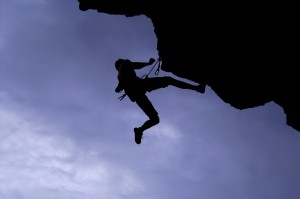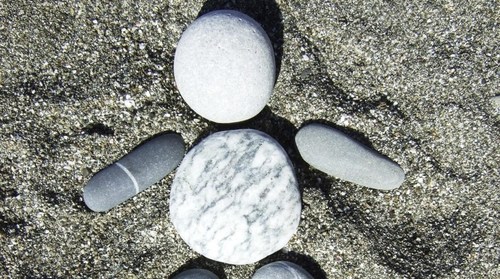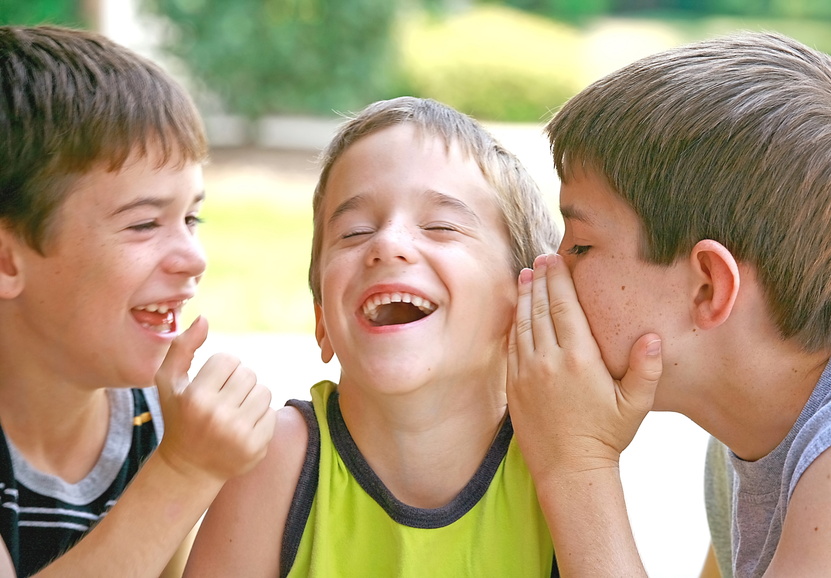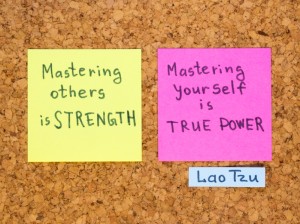
Lately I came across a very nice quote referring to the differences that exist between beliefs and reality:
“The map is not the territory” from Alfred Korzybski
This quote illustrates very nicely that your reality (what you believe is true and objective, thus your ‘world’), is nothing else than an inner representation of the external realities and the world that you are observing and living in. Your perceptions create the “map of the world”. This map helps you navigate in the “real world”, through daily experiences and impressions. Like a road map it gives you landmarks for moving forward towards your destination and various codes and rules let you interpret and understand what is happening, what you can do and what you cannot.
Thus, there is “your” reality (the map) and the outside world (the territory) and there will always be differences between the two. Our human brain notices what is happening around us (in the territory) through our senses and then proceeds to filtering the received information in order to be able to use them and not to create an ‘overflow’ of stimuli.
Let me give you an example: Imagine your manager comes in and sees you sitting at your desk which is overflowing with paper and other things. He or she simply says: “You have a full desk”. Depending on your background, education, culture, previous experiences etc. you might be thinking: “Oh, he/she said that I am not organized”; or you might think something like “Oh, he/she notices that I have a lot on my plate” or anything in between. There are many different ways of interpreting what has been said and whatever you might have understood will trigger your reactions and your thoughts after that. Somebody observing the scene on the other hand, might interpret something completely different as he/she would have a very different view on the world. So, what is “real” and what not?
As you can see, there is only one situation happened: one territory. The possible representation hereof (the maps) however, i.e. how people perceive this situation can have many different facets and aspects.
Next time you find yourself in a difficult situation, you might want to think about what “really” happened (the facts) and what your interpretation, your judgment and your subjective view of the event was. You might even want to seek clarification from the person involved in the action clearly asking what was meant (if at all possible). The important thing to remember here is that you choose how you react and if at all… opening up to what really happened and what you saw, heard, felt, might help you change your behavior over time, which will in turn change the way others react upon you.
Thanks for reading! Jenny


 Do you know what VUCA means? No? Well, not so long ago, I didn’t either, rest assured!
Do you know what VUCA means? No? Well, not so long ago, I didn’t either, rest assured!






